#dennitsa
Text

Lucifero: Il Portatore di Luce
#fallen angel#lucifer#devil#luciferianism#art#dennitsa#morning star#satan#painting#theistic luciferianism#lucifer deity
761 notes
·
View notes
Text

Dennitsa / Lucifer
Fuente del Ángel Caído
Photo by Wikimedia
insta
#luciferianism#lucifer#devil#satan#satanism#angel#fallen angel#angel aesthetic#graphic design#design#morning star#dennitsa
10 notes
·
View notes
Text
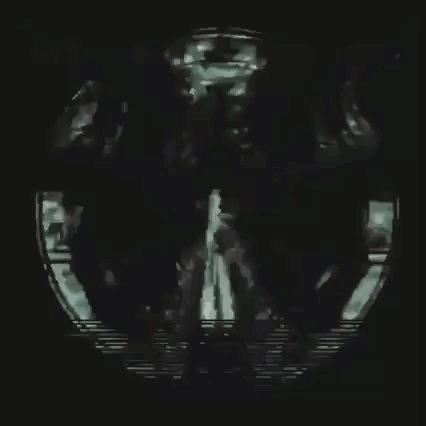

At the beginning of time, God created a huge number of Angels, and established a hierarchy between them, in which the lower ranks obey the higher ones. One of the higher Angels was Dennitsa – a strong, intelligent, beautiful and close to God Angel. But Dennitsa became proud of his high position, stopped fulfilling God's commands and began to incite all other Angels subordinate to him to revolt against God. And then Archangel Michael, at the head of the majority of Angels who remained faithful to God, entered into battle and, with the help of God, overthrew from Heaven the Day (which became known as the devil, Satan, Satanael) with other fallen angels (demons, demons)
20 notes
·
View notes
Text
Let's switch to heavy artillery:
Archangel Michael.
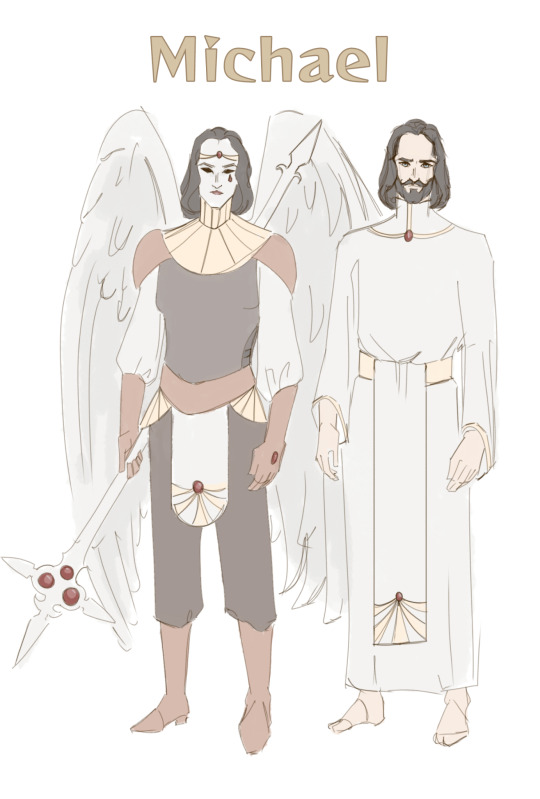
Distinguished warrior.
Respected face of all Heaven.
Restrained.
Participated in all three wars.
He was the first to disagree with Dennitsa’s idea.
General of the Punishers.
He became the patron of good people.
The whole “crown of hell” is afraid of him
Mourns for his comrades.
He was in mourning for a long time.
At the insistence of Raguel, he took on a pupil.
Became the patron saint of the "sun".
Wanting to instill love for what was dear to him, he acted recklessly.
He had a fight with Raphael.
Wants to see the pupil alive.
7 notes
·
View notes
Text

Dennitsa / Lucifer
Fuente del Ángel Caído
Photo by Wikimedia
link
#luciferianism#lucifer#devil#satan#morning star#design#graphic art#lightbringer#christianity#fallen angel#graphic design#angel#angel aesthetic#люциферианство#люцифер#денница#падший ангел#ангел#дьявол
36 notes
·
View notes
Text
~ Mikella ~
• Miko, Mika
• 18 years old
• 175 cm
• 77 kg
• 21.11.
~ Amaryl Castell ~
• 19 years old
• 185 cm
• 80 kg
• 28.09.
~ Lis Castell ~
• 19 years old
• 186 cm
• 79 kg
• 28.09
~ Alexander Castell ~
• Alex, Sanya
• 17 years old
• 170 cm
• 50 kg
• 06.08
~ Rillian Dennitsa ~
• Rin, Ri
• *** (5 years younger than Ast)
• 177 cm
• 65 kg
• 17.05 – 23.05
~ Astarot Dennitsa ~
• Ast
• *** (5 years older than Ri)
• 192 cm
• 95 kg
• 23.10 – 25.05
Let it be🗿
1 note
·
View note
Photo


fyeahmyths’ summer event day 4: southern/eastern ↬ dennitsa, goddess of the morning star
in slavic mythology, dennitsa is the morning star goddess, and she opens the gates of dazbog’s palace every morning so that the sun may begin it’s journey. dennitsa is depicted as a warrior goddess, courageous and powerful, and ready to fight on the battlefield.
#fyeahmyths#summermythevent#femmefatalenet#mythonetwork#mythedit#slavic#dennitsa#slavic mythology#sabrinasfamily#danisfamily#lizasfamily#mine#summermythevent18
131 notes
·
View notes
Photo
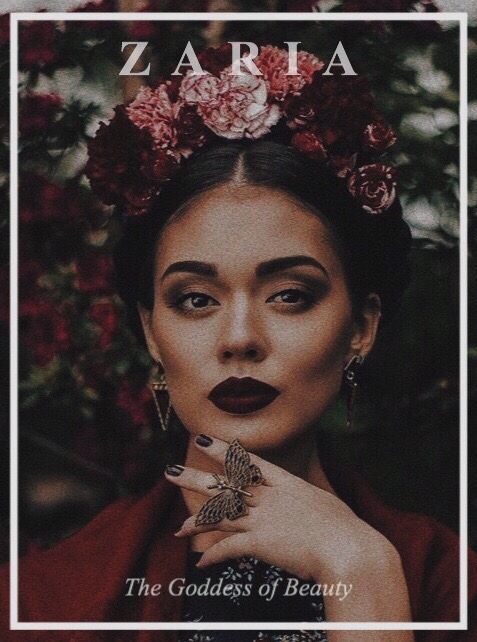




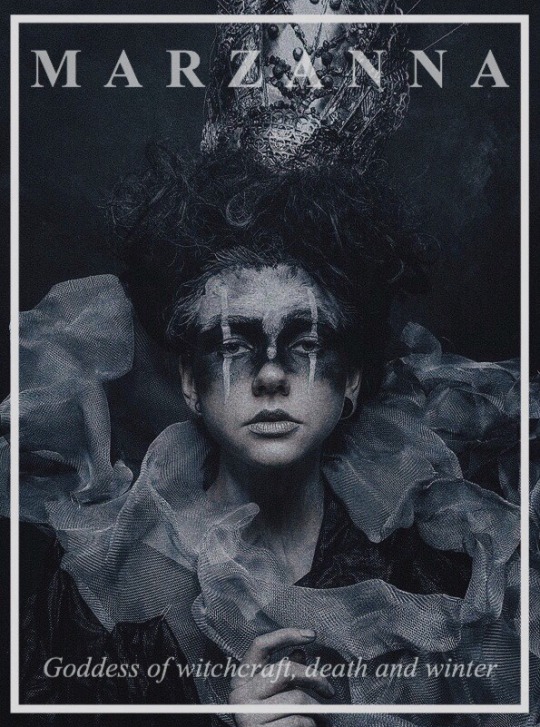
MYTHOLOGY EDITS
+ Slavic Goddesses
#mythology#slavic mythology#goddesses#marzanna#siwa#devana#dennitsa#dziewona#zaria#edit#aedicns mythology edits#myedits
412 notes
·
View notes
Photo

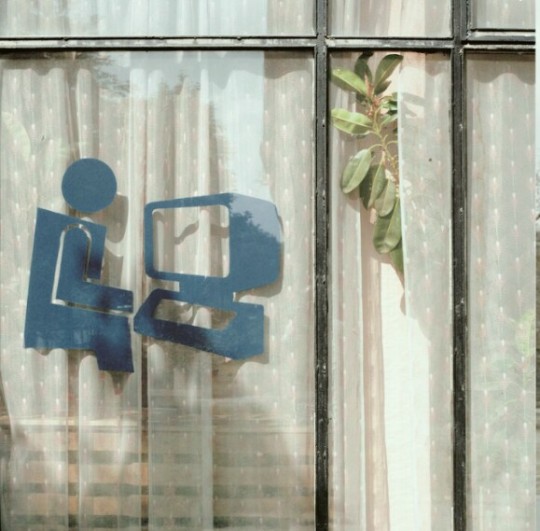




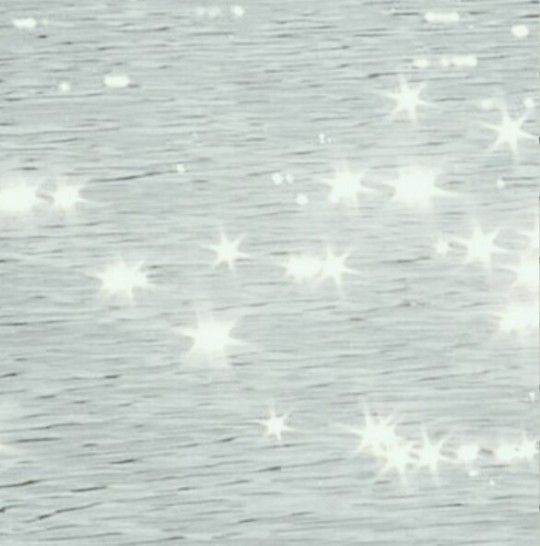

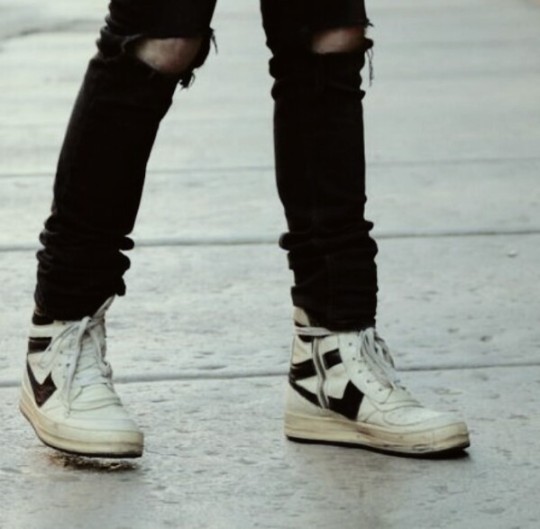
@femmefatalenet | event eleven | dennitsa through time | celestial
↳ 1989, Bulgaria
A new dawn is coming; the change is coming
#femmefatalenet#my edits#slavic mythology#bulgarian mythology#bulgarian folklore#dennitsa#moodboard#mythedit#mythologyedit#leahsmythfamily#livsmythfam#luizasfamily#annasfamily#franzisfamily#artiesmythfam#sabrinasfamily#mythonetwork
126 notes
·
View notes
Text
The Slavic Star Goddess Zorya, Guardian of the Doomsday Hound
Slavic mythology is one of the less appreciated of all the ancient folklore traditions. The myths grew in the hearts of the tribes of a great civilization, and in the minds of people whose lives were full of struggles and dreams for a better future. The goddess who guarded their lives was named Zorya.
The main problem with researching Slavic gods and goddess is that there are no first-hand records related to them. This is the most important reason why Slavic gods are less popular than Egyptian, Indian, Roman, Greek, Chinese, and others.
Slavic mythology was recovered after many centuries. The first writings appeared after the arrival of Saints Methodius and Cyril to the Slavic lands in 862. Before this, the Slavic people were illiterate, and thus they were unable to record anything related to their culture or religion. However, the Christians were not very interested in recording the tribes’ mythology, so the traditions, rituals and beliefs had to wait even longer to finally become a subject for written texts.
Much of the priceless knowledge was forgotten over the centuries, and when Christianity began to take hold, most of the resources related to the ancient ways had disappeared. While scant, the earliest details about Slavic religion were written by Christian missionaries. However, for science the most important resources for knowledge about the old myths are archaeological sites, which still contain many shrines and symbols of an ancient culture.
The Morning Star
The goddess Zorya is also known as Zorja, Zarja, Zora, and Zorza. Sometimes Zorya is described as two or even three beings, but other times she is just one female. She was also a beautiful double guardian goddess known as the Auroras. Zorya served the sun god Dazbog, and it is believed that he was Zorya's father.
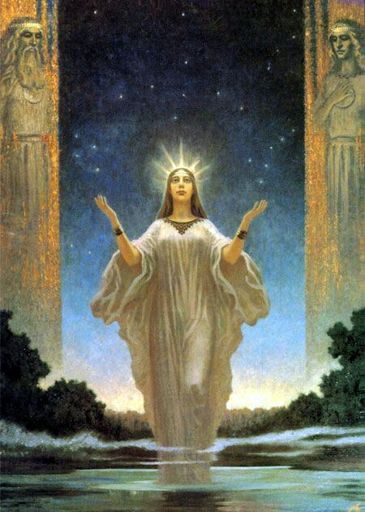
Legends said that the Auroras kept watch over the doomsday hound, Simargl. This hound is chained to the star Polaris in the constellation called ''the little bear'' – Ursa Minor. They needed to ensure he didn’t break the chains because if that happened it was believed that the Universe would be destroyed.
Zorya lived on Bouyan Island. This was a legendary paradise where the winds of the North, East, and West met and the location where the Sun lived. However, no human could ever enter the space. The Zorya were very beautiful, but out of the reach of living men.
Zorya was also represented by two stars: the morning and the evening ones. A cult for the stars shows the strong interest in rituals related to the powers of nature. It seems that the Slavic religion was even more focused on a connection with nature than many other ancient religions.
Zorja Utrennjaja was the Morning Star. This star was thought to open the gates of Dazbog. This version of her name comes from Russian, in which ''utro'' means ''morning''. However, this star has its own name in every Slavic language. It's known as Gwiazda Poranna, Zvezda Dennitsa, Rannia Zoria, Zornica, Zvijezda Danica and by many other names.
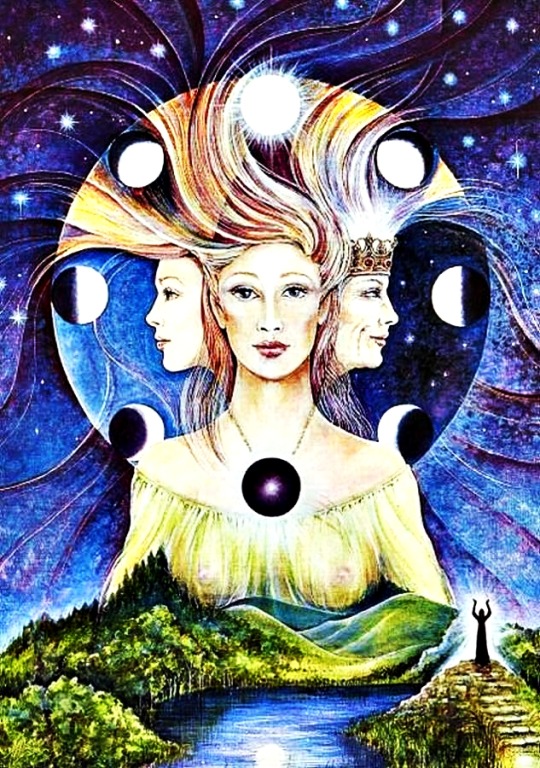
The Morning Star was linked to protection, horses, light, and exorcism. It was believed that it took care of spiritual cleaning and brought good emotions. Zorya was also connected to the planet Venus, and some of her attributes were similar to the Roman Venus and Greek Aphrodite. Slavic tribes worshiped her every morning, when the sun was rising and bringing new day, new hope, and new possibilities to accomplish their goals.
In some legends, Zorya is described as the god Perun’s wife. She accompanied her husband during battles. Her role was to protect the warriors - shielding them from death with her veil. She also brought hope and light if they were losing a battle. Other legends show her as the wife of Myesyats, the god of the moon, and as the mother of the stars. Sometimes the Evening Star is also described as Myesyats’ wife.
The Evening Star
Zorya Vechernjaja was the evening star, which was responsible for closing the gates of Dazbog's palace. Her other names were Gwiazda Wieczorna, Večernja Zvijezda, Zwezda Wieczoniaia, Vechirnia Zoria, Večernica, and Večernjača. She was associated with Mercury. According to the legends, she was the one who protected lost travelers who needed to find the right way to travel straight to their destinations. She was also Myesyats’ wife, and the mother of the stars, which acted like guiding lights.
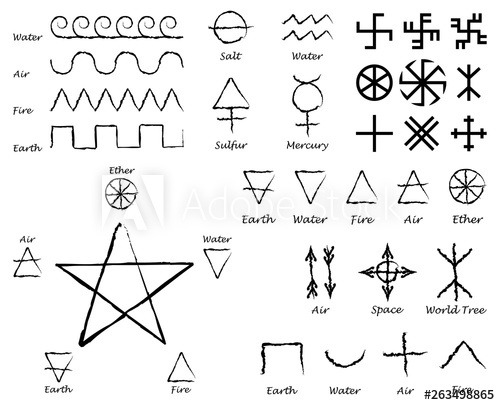
There may have been an afternoon star as well, but if there was, she has been forgotten. There are no records which could be useful to describe it. Likewise, some researchers suggest that Zorya was a virgin goddess, strongly related to Venus. It is unknown however, what could have been the relation between these goddesses as no writings from ancient times have been found to describe it either.
104 notes
·
View notes
Text

The light of the Star shines in my heart.
#lucifer#luciferianism#dennitsa#fallen angel#morning star#devil#lucifer deity#theistic luciferianism#satan#art#dennitsianity
235 notes
·
View notes
Video
vimeo
Luceafar-Dennitsa
0 notes
Text
List of Slavic gods and goddesses
As a fellow Slavic person (more specifically Slovak) I’d like to introduce you to the beauty of Slavic history. I see loads of rps that are based on mythology but let’s be real: 99.9% of your mythology rps or mythology plots are about Greek mythology and even though I completely love the fact any kind of mythology is getting more and more recognition it sucks to see other cultures forgotten and overlooked. So I thought I would list the gods and goddesses for you to use instead of overusing Greek ones.
Note: Slavs are members of a group of people in central and eastern Europe speaking Slavic languages and Slavic countries are Russia, Poland, Ukraine, Serbia, Czech Republic, Bulgaria, Belarus, Croatia, Slovakia, Bosnia and Herzegovina, Slovenia, Republic of Macedonia, Montenegro.

*order is by their position - from the highest to the lowest - and then alphabetically
**I put locations at the end of description of each god/goddess in order to let you know in which Slavic countries they worship the specific god/goddess if they weren’t in all
Rod - Primordial God of the universe and of all other gods. Supreme creator of all things and kins and their power of generation. The root (rod) means “birth”, “origin”, “kinship”, “tribe” and “destiny”. “Prabog/Praboh” is another name of the same concept, this time from the Slovak tradition, and literally means “Pre-God”, “First-God”.
Belobog-Chernobog (White God and Black God) - They represent the oppositional and complementary duality which inheres reality, expressed for instance as light and darkness, day and night, male and female. (Baltic Slavs)
Rod-Rodzanicy - Literally “God and the Goddesses”. Masculine singular plus feminine plural of the root (rod); it implies the union of the supreme God with mother goddesses in reality. Rodzanicy, also combined together as a singular goddess Rodzanica, who is an ancient mother goddess. (East Slavs, Russes)
Sud-Sudenica - Sud literally means “Judge”; God interpreted as the interweaving of destiny. Sudenica, literally meaning “She who Judges”, is his female counterpart and defines three goddesses (plural: “Sudenicy”), his daughters, that determine the fate of men at their birth. (South Slavs)
Zhibog and Zhiva - Incarnation of the supreme polarity specifically as male and female, whose interaction begets life. Zhibog literally means “Life God”, “Life Dispenser”, while Zhiva means “She who Lives”. They are conceived as either siblings or spouses; gods of love, fertility and marriage. The Polish Zywie (Zhiva) is also presented as a goddess of healing. (East Slavs, Russes)
Triglav - male; A concept literally meaning “Three-Headed”. It represents three gods who personify the three worlds (Prav-Yav-Nav), or Heaven, Earth and the underworld, and sovereignty over the three elements of air, water and soil. The three heads are Svarog, Perun and Svetovid. (Baltic Slavs)
Svarog (Heaven) - male; Compared to the Greek Chronos and Roman Saturn. The time god. (East Slavs, Russes)
Perun (Thunder) - male; Son of Svarog. Worshipped as the god of war. Compared to the Scandinavian Thor. Polar opposite to Vales.
Svetovid - male and female; God of war, light and power. The name literally means “Lord of Power" but also "Lord of Holiness” as svent means both strength and holiness in Slavic. Two of his heads are male (northern/white Svarog and western/red Perun) and two female (southern/black Lada and eastern/green Mokosh). They represent the four directions of space and the four seasons of the year. (Baltic Slavs)
Dazhbog / Hors - male; Literally “Giving God”, “Day God”. God of the sun and thunderbolt, son of Svarog, winner of darkness, warranter of justice and well being. He changes from a young man to an old man as he travels the sky. He has two daughters accompanying him, the two Zvezda (“Morning Star” and “Evening Star”), and has a brother, the bald “Moon God” (Juthrbog). (East Slavs, Russes)
Ognebog / Svarozhich - male; Literally “Fire God”. He is the Slavic equivalent of the Hindu god Agni.
Devana - female; Goddess of hunting and of the forests. Etymologically cognate of the Roman Diana, and functionally correlated with the Greek Artemis. (West Slavs, Czechs, Slovaks)
Dodola - female; Goddess of the rain.Wife of Perun. Dzydzilelya is the West Slavic equivalent of the southern name Dodola. Dzydzilelya is known as the goddess of wedding and tutelary of infancy among West Slavs. Her name comes from dziecilela, “she who pampers babies”. Didilia is another goddess known among West Slavs as the tutelary of love and fertiliy, compared to the Roman Venus. (South Slavs, Serbians, West Slavs, Poles)
Kupala/Kupalo- female/male; Goddess representing the mighty Sun of summer solstice, of joy and water. Compared to the Greek god Apollo.
Lada - female; Polyfunctional great goddess of the Earth, harmony and joy, symbolising youth, spring, beauty, fertility and love. Mother of twins Dido and Dada. She is the female counterpart of Svarog.
Marzanna / Baba Yaga - female; Rural goddess who grows sprouts; otherwise goddess of winter and death if identified as the same as Morana. Her opposite is Zivena. Baba Yaga is also the goddess of death, both young and old, associated both with birds and snakes. Compared to Hindu goddess Kali but could be also compared to Scandinavian Freyja. (Poles,Slovaks)
Mokosh - female; Mother goddess associated with female works and harvest. She is also the goddess of corn and moist, the “Corn Mother”. (East Slavs, Russes)
Chislobog - female; Literally “Number Goddess”, of time calculation and of the lunar month. Represented as a female holding a moon.
Karna - female; Goddess of the funerals, personifying tears. Compared to the Hindu god Karna.
Lelia - female; Goddess of spring and mercy. Daughter of Lada. She’s being associated with the Ursa Major constellation.
Matergabia - female; Literally “Fire Mother”. Goddess of the hearth. Conpared to Roman Vesta, Lithuanian Gabija.
Ozwiena - female; Goddess of the echo and generally of voice and human communication.
Uroda - female; Goddess of ploughed land. (West Slavs, Slovaks)
Veliona - female/male; Goddess of death, warden of the souls of the ancestors. Though the name seems feminine, the polarity of the god(dess) is not sure. Among the Balts, Velnias or Velns is male.
Vesna - female; Goddess of spring.
Zroya - female; Virgin goddess of war associated with Perun.
Chur - male; God of boundaries and of the delimitation of properties. Compared to the Roman Terminus.
Dogoda - male; God of the west wind.
Erisvorsh / Varpulis - male; God of the holy storm, wind and thunder. Aspect, name, or associate of Perun.
Flins - male; A god of death which may be a Wendish name of Veles, although the iconography is rather different. The three symbols of Flins’ icon are the lion, the skull and the stone. (West Slavs, Wends)
Juthrbog - male; God of Moon. (West Slavs, Wends)
Koliada - male; God representing the young, winter Sun returning after solstice.
Morskoy - male; God of the sea. “Morskoy” means “King of the Sea” and “Morskoy Czar” means “Emperor / King of the Sea”. Compared to the Greek Poseidon and Roman Neptune. (East Slavs, Russes)
Ny / Pekelnybog - male; Ny is the god of the underworld who acts as psychopomp, i.e. taking souls to the underworld. Pekelnybog (“God of Hell”) is another name of the god of the underworld, associated with subterranean fire and water, snakes and earthquakes. Compared to Greek Hades or Egyptian Osiris. (West Slavs, Poles)
Pozvizd - male; God of the wind, otherwise called “Russian Star”. (East Slavs, Russes)
Veles - male; Veles is a male god of the Earth, incarnating the “Black God” of dual theology. As such he is the opposite of the heavenly manifestations of the “White God” (Svarog and his sons, but especially Perun). God of cattle, but also master of the forest and of wild animals, and god of commerce. East Slavs, Russes)
Yarilo - male; God of spring, sexuality and fertility. Compared to the Greek Adonis-Dionysus as the god of youth, death and resurrection.
Dido and Dida - male and female; Divine twins. Siblings or even spouses. Children to Lada.
Dolya—Nedolya - female; Goddess of destiny. When she is positive she is named Dolya, when negative she turns into Nedolya. The same are known as Srecha and Nesrecha among South Slavs. (East Slavs, Russes)
Srecha—Nesrecha - female; Goddess of destiny; the South Slavic equivalent concept of Dolya and Nedolya. (South Slavs)
Zorya - female; The goddess of beauty. Literally “Light” or “Aurora”. It is the name of three goddesses, daughters of Dazhbog and sisters of Zvezda, with whom they are often conflated:
Zorya Utrennyaya (“Morning Light”), often conflated with Zvezda Dennitsa;
Zorya Vechernyaya (“Evening Light”),
Zorya Polunoshnaya (“Midnight Light”)
Zvezda - female; Literally “Star”. It is the name of two sister astral goddesses often conflated with Zoria:
Zvezda Dennitsa (“Morning Star”)
Zvezda Vechernyaya (“Evening Star”)
448 notes
·
View notes
Text
SOBRE LA ACTITUD AL CRISTIANISMO
Traducción de Juan Gabriel Caro Rivera
12 de mayo de 2016
Pregunta:
Mi pregunta es bastante breve: ¿cuál es su actitud hacia el cristianismo? ¿Y ve en el cristianismo (político) (o en una de sus corrientes actuales) una pizca de lucha? Lucha por el sentido, ¿tal vez hombro con hombro con el Islam político?
Sobre mí: Católico conservador (Hermandad Sacerdotal de Pío X, seguro que sabes de qué se trata).
Gracias de antemano por su sincera respuesta.
Respuesta:
Hola estimado ****. Me sorprendió un poco su pregunta en combinación con su afiliación confesional declarada. ¿De qué cooperación con el Islam podemos hablar si el arzobispo Lefebvre se opuso inequívocamente al diálogo entre religiones? O no es consciente de esto o no es coherente.
En cualquier caso, el Islam político ve al Sistema global como el reino de Satanás y considera cualquier corporación clerical de cualquier denominación como una interfaz entre este mundo y el Gran Ser, que se refleja en él en forma de la sociedad. El tradicionalismo sirve a los intereses de aquellos "maestros desconocidos" que están a espaldas de los santos y ancianos, siendo mensajeros del Gran Ser. Al mismo tiempo, cuando digo "Satanás", uno no debería ver inmediatamente una criatura con cuernos de cabra y alas de murciélago.
El apóstol Pablo en sus epístolas llamó a Jesús "la estrella de la mañana", es decir, Lucifer. Esta es la revelación de la verdadera esencia del cristianismo: ¡el culto de Apolo-Dennitsa-Ormuzd bajo el nombre de Cristo! Isa ibn Mariam (¡Dios lo bendiga!) fue un profeta del monoteísmo absoluto y rechazó fundamentalmente aquellas tendencias que se realizaron de manera más completa y venenosa, por un lado, en los Escritos de Isak Luria, por el otro, en las cartas del llamado "Apóstol Pablo". Ni la Cabalá ni la Iglesia con su ontologismo extremo y su cripto-faraonismo tienen nada que ver con los mensajes de Hazrat Isa (¡la paz sea con él!), quien es el profeta del Islam, al igual que Abraham, mitificado por los rabinos.
Fuente: http://kontrudar.com/faq/ob-otnoshenii-k-hristianstvu
0 notes
Text
You are the Moonlit pathway, Darling.
You are luminous, alluring.
Oceanic tidal wave of Grace
Crafted by Integrity,
Guardian of Sacred space.
Dennitsa
3 notes
·
View notes
Photo

Ann Style by a-dennitsa featuring vans shoes ❤ liked on Polyvore
Vetements red crop top, 10.650.450 IDR / Blue jeans, 665.215 IDR / Vans shoes, 799.290 IDR / Travel bag, 31.830.095 IDR / Ray-Ban aviator sunglasses, 2.129.120 IDR / Vetements embroidered hat, 3.330.410 IDR
1 note
·
View note